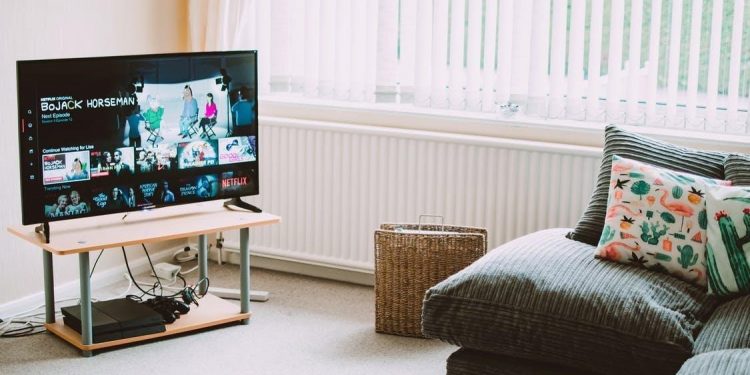VPNs have become a very popular and effective way to protect your online privacy and maintain your anonymity when browsing the internet. When most people hear about VPNs, they automatically think of using such services on computers or portable devices, but did you know virtual private networks can also be used on smart TV-s?
Many entertainment platforms such as Apple TV, Hulu, Netflix, or the new HBO Max have content that is either entirely or partially restricted outside certain geographic areas, meaning many people can’t watch their favorite movies or TV series. A VPN can help bypass geographical restrictions, as well as protect your device from malware or other vulnerabilities.
But with so many options available, how can you decide which VPN is better suited for your device? We’re here to help, which is why we have put together this guide to help you properly choose and set up your smart TV VPN.
How can I set up my Smart TV VPN?
Unfortunately, very few smart TVs allow you to directly download and install a VPN app. Usually, you can do so if your TV works with one of the main operating systems, such as Windows, iOS, and Android. If you happen to have a device that allows you to download and install a VPN app, all you need to do is look for the app on the app store, install it, create an account and connect to a server in the required country.
If you don’t have a computer that supports iOS or Android, then don’t panic, because hope is not lost. You can connect your smart TV to a VPN by establishing an ethernet connection. First, create an account and set up the VPN on your PC. Then, from the VPN’s settings tab, choose the option that allows other networks to connect to the computer’s internet connection. After you do so, share tour VPN with your ethernet, save changes, and connect to your TV. This option works wonders for setting up a VPN on devices such as the LG smart tv, which does use one of the main operating systems.
Mistakes to avoid when setting up a smart TV VPN
You can find a lot of tutorials online, which explain exactly how to install a VPN or privacy using privacyonline on a smart TV, but if you want to do it on your own, make sure to avoid the following:
- Do not try to install an Android or iOS app on a non-compatible system: some tutorials recommend downloading the VPN’s .apk file and install it manually, but this approach does not always work on smart TVs and will only take up space, plus it can actually end up damaging your device.
- Try not to rely on Smart DNS services: some VPN providers to offer Smart DNS services, which you can use to bypass geographical restrictions. The issue with Smart DNS is that it does not actually encrypt your data, meaning you will still be exposed to malware or hackers.
-
Don’t be afraid to ask for help if you’re having problems: Many major VPNs offer 24/7 live chat, and their support representatives deal with router configuration and other networking problems every single day. If you’re struggling, we strongly recommend contacting reviewsdir.
Final Words
Unfortunately, well-known providers aren’t necessarily any safer. We’ve seen major services like Hola abuse their users’ trust by selling their bandwidth out from under them to help run a botnet. The best way to stay safe when streaming is to use a reputable VPN with a clear-cut, user-first privacy policy
Follow techdee for more!





